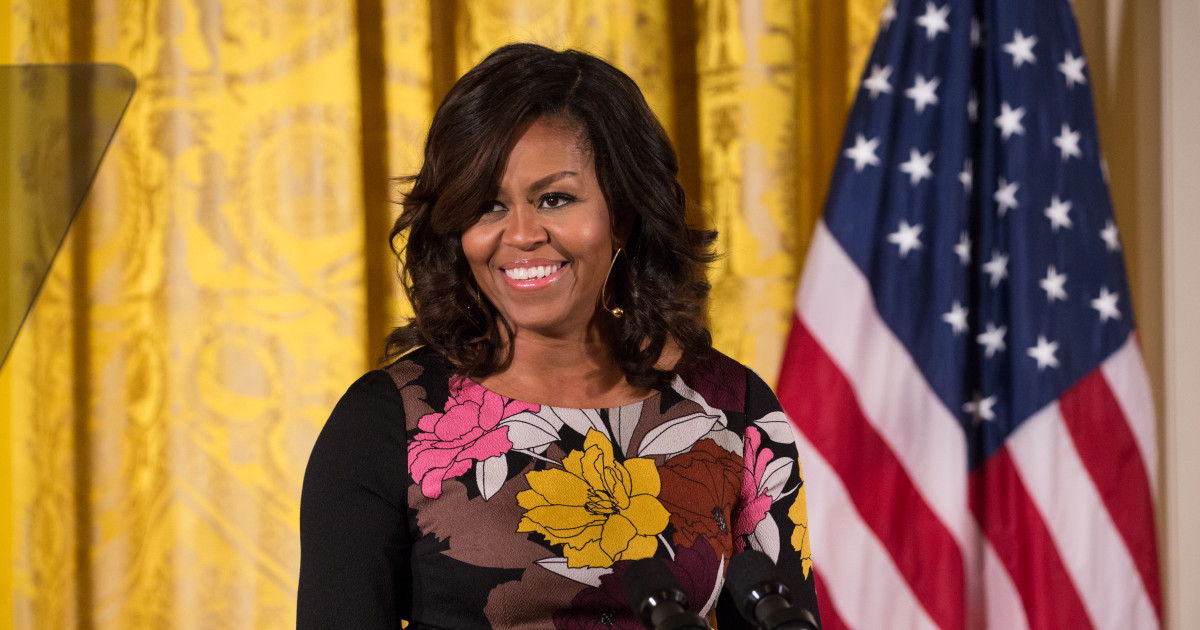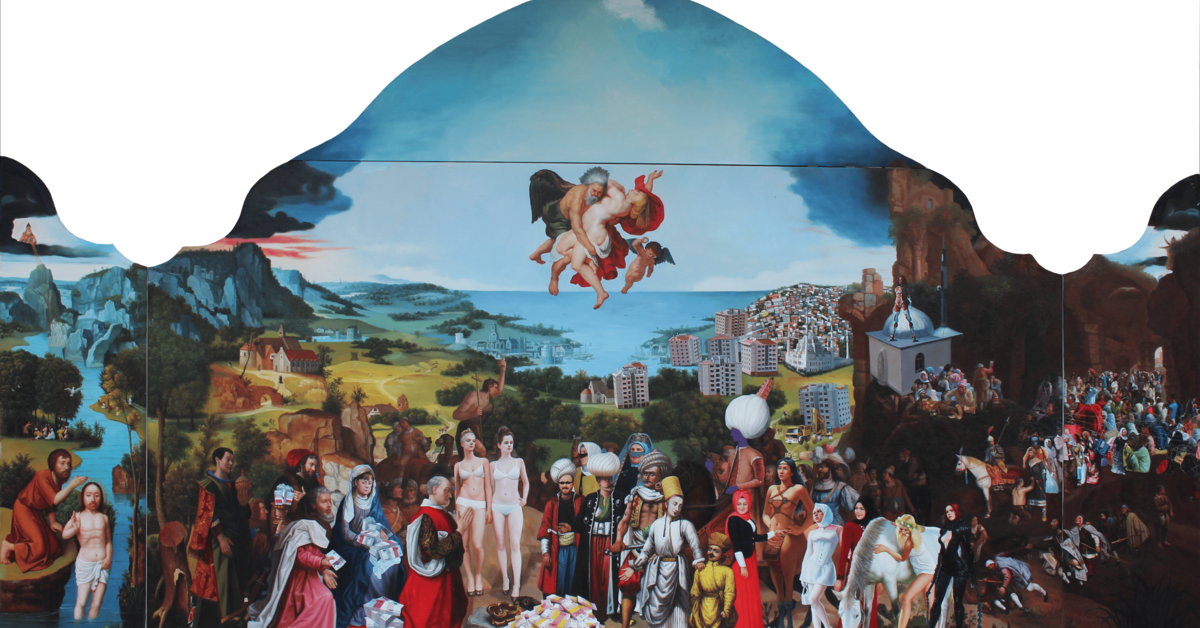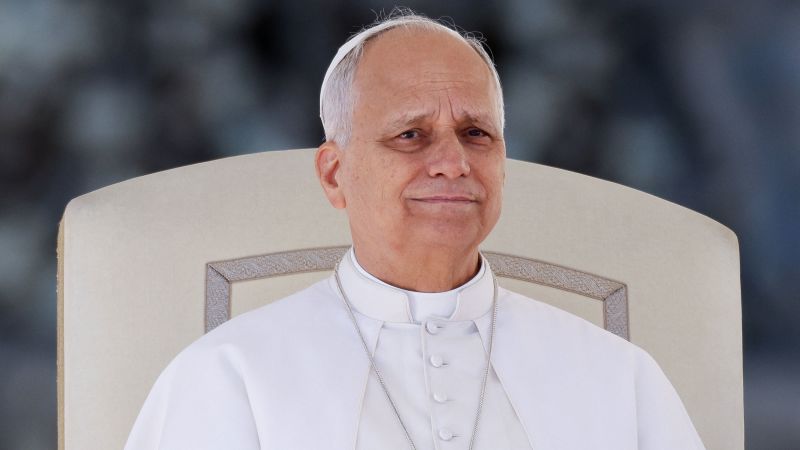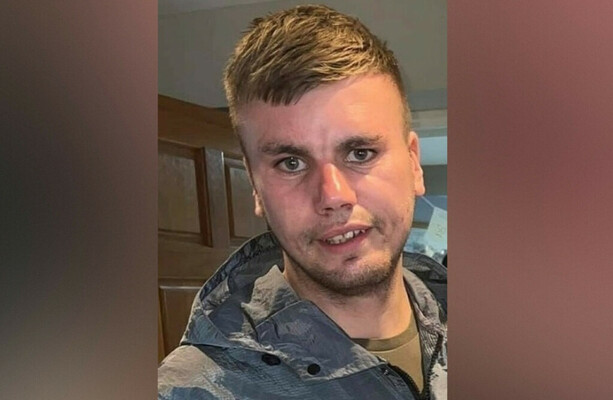Copyright Parade

Michelle Obama made a powerful statement during her appearance on The Sherri Shepherd Show, revealing why she chose not to wear braids during her eight years as First Lady—and why she intentionally wore them the moment she stepped out of the White House. Looking stunning in a bright pink dress, the former First Lady opened up about the careful calculations Black women must make about their appearance, especially in high-profile positions. “I knew that I wasn’t going to do braids as First Lady because that would be all people talked about,” Obama explained. “When I cut bangs in my hair, oh my god. And that became a thing. I was like, well, let me not make braids a conversation.” But her decision to wear braids after leaving the White House was deeply intentional—a statement she knew needed to be made. Michelle Obama’s Message About Black Women’s Hair and Professionalism Obama’s choice to wear braids post-White House wasn’t just about personal style. It was about sending a clear message to HR departments and workplaces across America. “I wanted to walk into the White House with braids in my hair,” she said, referring to her post-White House life. “And that was an intentional move to make the statement that y’all get out of our heads.” Her frustration was palpable as she addressed the reality many Black women face: “I don’t want any man in any HR department making decisions about what is appropriate, what how we look, what we do, the diversity that we have, the ability for us to wear wigs and locks and braids and extensions, straight, curly, natural. That’s not politics.” Then came the powerful declaration that resonated with millions: “Anything I choose to do is appropriate. Anything I choose to do is professional. It’s who I am and what I say that matters.” Why Did Michelle Obama’s Braids Decision Matter So Much? For Black women across America, Obama’s words hit home. Fan reactions poured in, with one commenter sharing, “As a black woman in HR, I love wearing my box braids but I’d be lying if I said I wasn’t nervous the first time.” The conversation highlighted a painful double standard. While women in Africa and other parts of the world braid their hair regularly without a second thought, Black women in American workplaces have faced suspension and termination for the same hairstyles. Obama’s platform allowed her to challenge these outdated, discriminatory standards. “Braids are about freedom, movement, choice, versatility,” she explained. But she acknowledged the reality: making that choice as First Lady would have overshadowed her policy work and initiatives focused on childhood health, education and military families. Her approach during her White House years was strategic. She deliberately avoided discussing fashion, fearing it would distract from her message. Instead, she used her platform to highlight young designers, emerging designers, Black designers and immigrant designers—opening doors that had previously been closed. 🎬 SIGN UP for Parade’s Daily newsletter to get the latest pop culture news & celebrity interviews delivered right to your inbox 🎬 Fans celebrated her honesty and courage. “My forever First Lady,” one wrote, while another praised her as “one of the smartest and classiest women to have ever been First Lady.” Obama’s message extends beyond hair. It’s about autonomy, professionalism and the right of Black women to exist authentically in any space—including the highest office in the land. As she put it: “Don’t hire or fire somebody based on something you know nothing about.”



